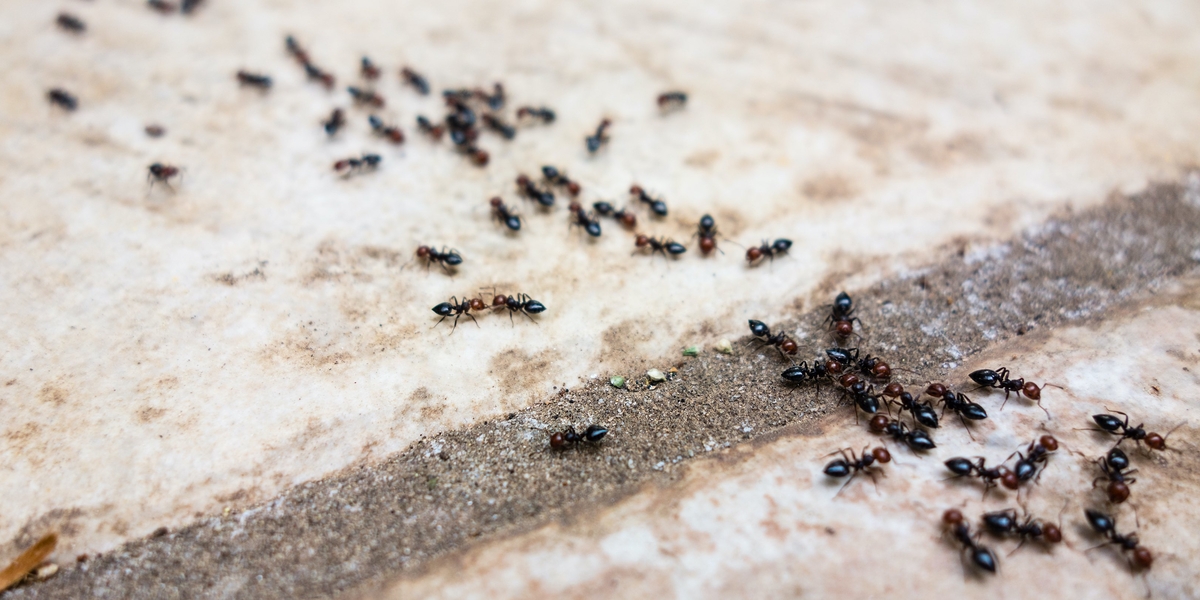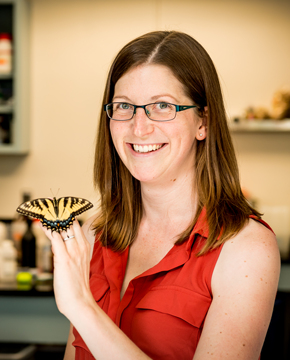

Taking inspiration from nature is nothing new for Associate Professor Emilie Snell-Rood. She’s taught courses on biomimicry and forged collaborations across disciplines in an effort to bring more biologists to biomimetic collaborations. Snell-Rood sees tremendous potential for biology-inspired solutions to a wide range of challenges and COVID-19 is no exception. With that in mind, she designed and taught a course last spring called “Bioinspired approaches to pandemics” and published a pre-print currently in review at Ecology and Evolution) that reported on the results.
Q. What inspired your interest in biomimetics?
After trying out a biomimetics educational module at Itasca one summer, it became clear how immediately exciting this approach is for engaging students — and adults! — in ecology and evolution. From there, I got involved as a “biology consultant” in a graduate-level course in architecture on bio-inspired design. I loved learning from the architecture students about the problems they were trying to solve and the incredibly creative lessons they took from nature. One group proposed a new navigation system in the Minneapolis skyways system based on ant pheromone trails!
Q. Can you talk a bit about teaching a class like this during the pandemic?
Students were highly engaged since they were living it day to day so the discussions were often rooted in their experiences. For example, we talked about how to increase cooperation around wearing masks, which for students working in spaces with lots of interaction such as grocery stores and restaurants was especially relevant. Also, the science was changing over the course of the class. As I was developing the course, concern was just starting to amplify around airborne infection and it also began to become clear that this disease impacts the circulatory system, which implied a whole set of other issues around clotting and inflammation.
Q. What were some of the biology-based approaches you explored?
For getting people to cooperate with public health measures, we looked to mutualistic relationships, such as interactions between cleaner fish and their host fish. We looked at models suggesting that rewards may be more effective than punishments in the evolution of cooperation, which led us to note how most of our current efforts are around regulations and costs to not wearing masks — how could we increase the benefits of mask wearing? Some of the ideas students came up with addressed specific needs. For example, one student looked to transparent butterfly wings for clues about how we might design a transparent mask for the hearing impaired. Because of advances in “electrospinning,” such a process for semi-transparent fabrics is possible — so we talked about whether studying butterfly wing morphology could help improve the design. We also looked at biological systems that provide examples of filtration and innate immunity.
Q. What were some of the takeaways from the experience?
Some of our ideas hit a “knowledge wall” — there was a biological system that did something cool, but we didn’t quite have enough existing science on how it worked. This reinforced how investment in basic research lays the groundwork for rapid scientific advances in response to a current emergency. Also, our interactions showed that for bio-inspired approaches to truly take off, we need to build connections across disciplines between scientists studying diverse biological traits, and invest in those collaborations. – Claire Wilson